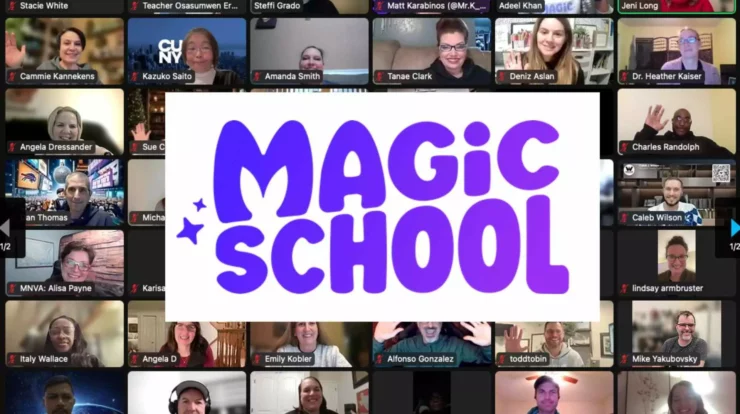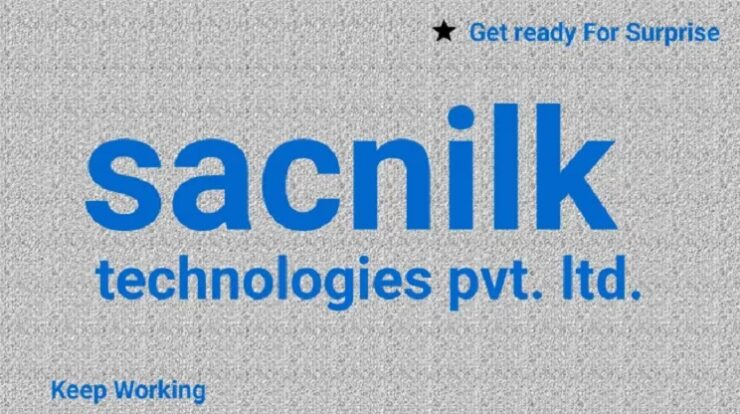In a world marked by the rapid pace of global trade, the intricate web of shipment processes demands a transformative approach to ensure efficiency and precision. Have you ever wondered about your online order’s journey before reaching your doorstep? The key to unraveling this complexity lies in integrating comprehensive cargo tracking solutions.
From the inception of order (A) to its final delivery (Z), logistics automation systems leverage cutting-edge technologies like GPS, RFID, and IoT to streamline every facet of the shipment lifecycle. This article explores the A-to-Z journey, delving into how these innovative solutions optimize processes, enhance visibility, and pave the way for seamless logistics automation systems.
I. Comprehensive Cargo Tracking Solutions
Utilizing GPS and RFID technologies for real-time tracking
GPS (Global Positioning System) and RFID (Radio-Frequency Identification) technologies have emerged as indispensable tools for real-time cargo tracking in logistics automation systems. The supply chain visibility software GPS enables precise location tracking, allowing stakeholders to monitor the movement of shipments with pinpoint accuracy.
Meanwhile, RFID tags provide unique identification, allowing for seamless shipment monitoring and management of individual items. Integrating these technologies ensures real-time visibility and the ability to address potential delays or disruptions in the supply chain proactively.
Integration with IoT for enhanced visibility and monitoring
Taking the concept of real-time tracking a step further, integrating IoT (Internet of Things) into cargo tracking solutions adds a layer of intelligence to the logistics process. By connecting devices and sensors, logistics automation companies can gather valuable data on various environmental conditions affecting the cargo, such as temperature, humidity, and shock. When analyzed in real-time, this data enables informed decision-making, minimizing the risk of damage or spoilage during transit. The synergy between GPS, RFID, and IoT technologies ensures a holistic approach to cargo tracking, providing end-to-end visibility.
II. Process Optimization through Cargo Tracking
Efficiency in freight management hinges on the seamless coordination of operations, and cargo tracking emerges as a pivotal element in this pursuit. By implementing robust tracking solutions, freight carriers gain real-time visibility into the movement of goods, enabling proactive decision-making.
This section explores how cargo tracking, powered by advanced technologies like GPS and RFID, not only enhances visibility but also streamlines processes, minimizes delays, and fosters an agile and responsive logistics ecosystem. Let’s unravel the transformative impact of process optimization through the lens of comprehensive cargo tracking solutions.
Efficient route planning and optimization
One of the significant advantages of cargo tracking solutions lies in their ability to optimize route planning. Automation logistics, powered by advanced algorithms and data analytics, can analyze historical shipment data, traffic patterns, and weather conditions to determine the most efficient routes. This reduces transit times and minimizes fuel consumption, contributing to sustainability goals. With the integration of logistics automation solutions, businesses can ensure that shipments reach their destinations in the most timely and cost-effective manner.
Automation of documentation and workflow processes
The traditional paperwork involved in shipping processes often leads to delays and errors. Logistics automation systems streamline these documentation processes by automating shipping documents’ generation, verification, and processing. From customs declarations to bills of lading, automation transport systems can ensure accuracy and compliance with regulatory requirements. This accelerates the shipping process and reduces the risk of human errors that could lead to costly consequences. By automating workflow processes, logistics automation companies can significantly enhance the efficiency of the entire supply chain.
III. The A-to-Z Approach in Shipment Streamlining
Addressing challenges from initial order placement (A) to final delivery (Z)
The A-to-Z approach in shipment streamlining encompasses a shipment’s entire lifecycle, from the initial order placement to the final delivery. At the beginning of the process, logistics automation solutions facilitate smooth order processing, ensuring accurate order capture and validation.
This reduces the likelihood of order errors and helps in efficient inventory management. As the shipment progresses, real-time tracking provides insights into the cargo’s location, allowing stakeholders to promptly address any challenges or deviations. Finally, during the last-mile delivery, automated transport systems optimize routes and schedules, ensuring timely and accurate delivery to the end customer.
Ensuring a seamless flow of information throughout the shipment lifecycle
An essential aspect of the A-to-Z approach is maintaining a seamless flow of information throughout the entire shipment lifecycle. Integration and connectivity between stakeholders, including manufacturers, suppliers, carriers, and end customers, are critical for efficient logistics operations. Cargo tracking solutions enable real-time communication and data sharing, ensuring all parties can access accurate and up-to-date information. This enhances collaboration and allows for quick decision-making and problem resolution, further streamlining the entire shipment process.
IV. Leveraging Technology for End-to-End Visibility
Tracking cargo from manufacturing or sourcing (A) to final destination (Z)
End-to-end visibility is a cornerstone of efficient logistics, and cargo tracking solutions provide the means to achieve this level of transparency. By tracking cargo from its manufacturing or sourcing point to its final destination, businesses comprehensively understand the entire supply chain.
This visibility allows for proactive management of potential disruptions, such as delays in manufacturing or unexpected transportation issues. Logistics automation companies can leverage technology to create a seamless flow of information, ensuring that every stage of the shipment process is closely monitored and optimized.
Enhancing transparency in every stage of the shipment process
Transparency is critical to building trust in the supply chain, and freight automation is crucial in enhancing this transparency. By providing real-time updates on shipments’ location, condition, and status, businesses can instill confidence in their customers and partners.
Moreover, transparent and traceable supply chains are increasingly important in meeting regulatory requirements and sustainability goals. Leveraging cargo tracking solutions and logistics automation systems contribute to creating a more transparent and accountable supply chain, meeting the expectations of today’s discerning consumers and regulatory bodies.
Conclusion:
In conclusion, integrating comprehensive cargo tracking solutions is revolutionizing how shipments are managed and executed. From leveraging GPS and RFID technologies for real-time tracking to optimizing processes through automation supply chain automation companies are at the forefront of enhancing efficiency and visibility in the supply chain. The A-to-Z approach ensures a holistic streamlining of shipment processes, addressing challenges from order placement to final delivery. As technology continues to evolve, the role of freight automation in logistics will only become more significant, driving innovation and efficiency in the dynamic world of global trade. Embracing these advancements is not just a choice but a necessity for businesses looking to thrive in the competitive landscape of the modern supply chain.


